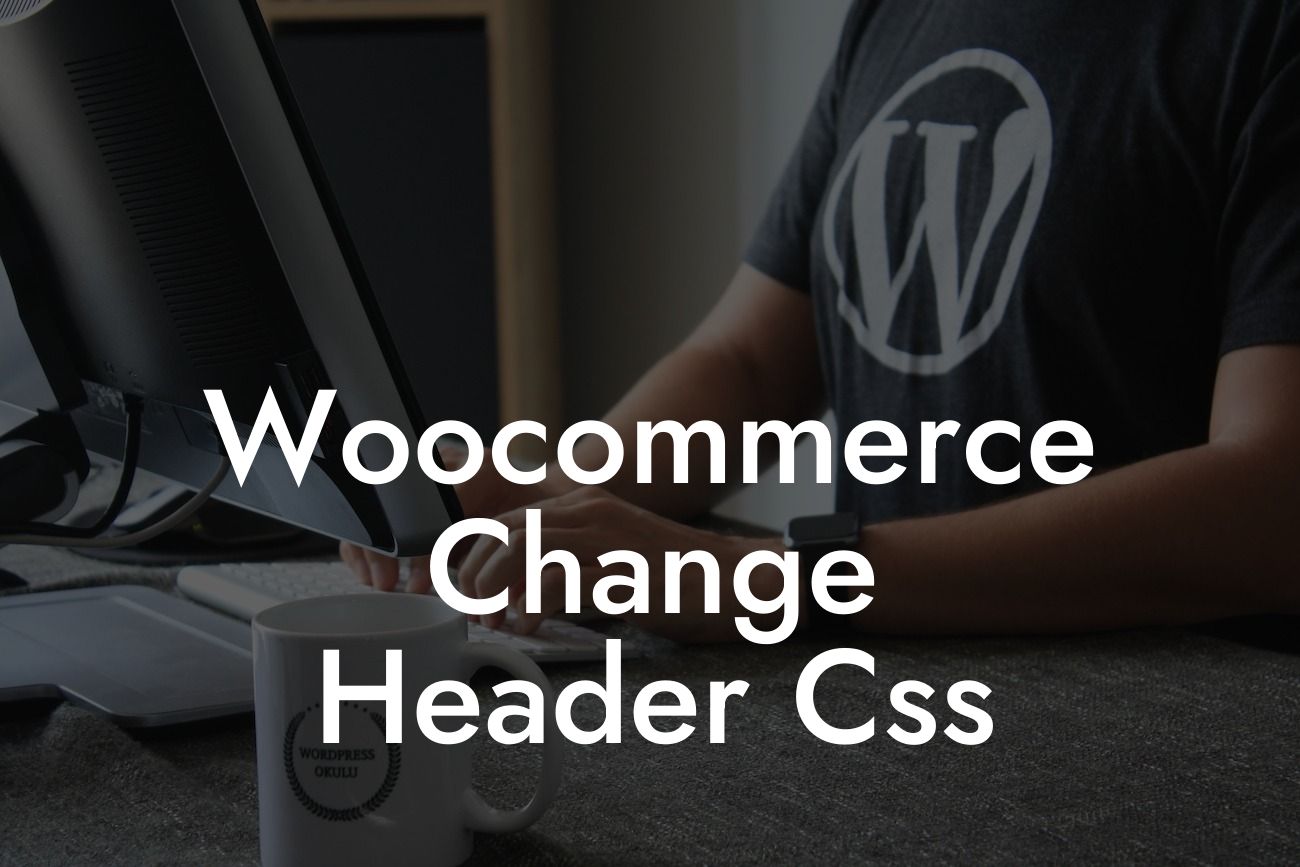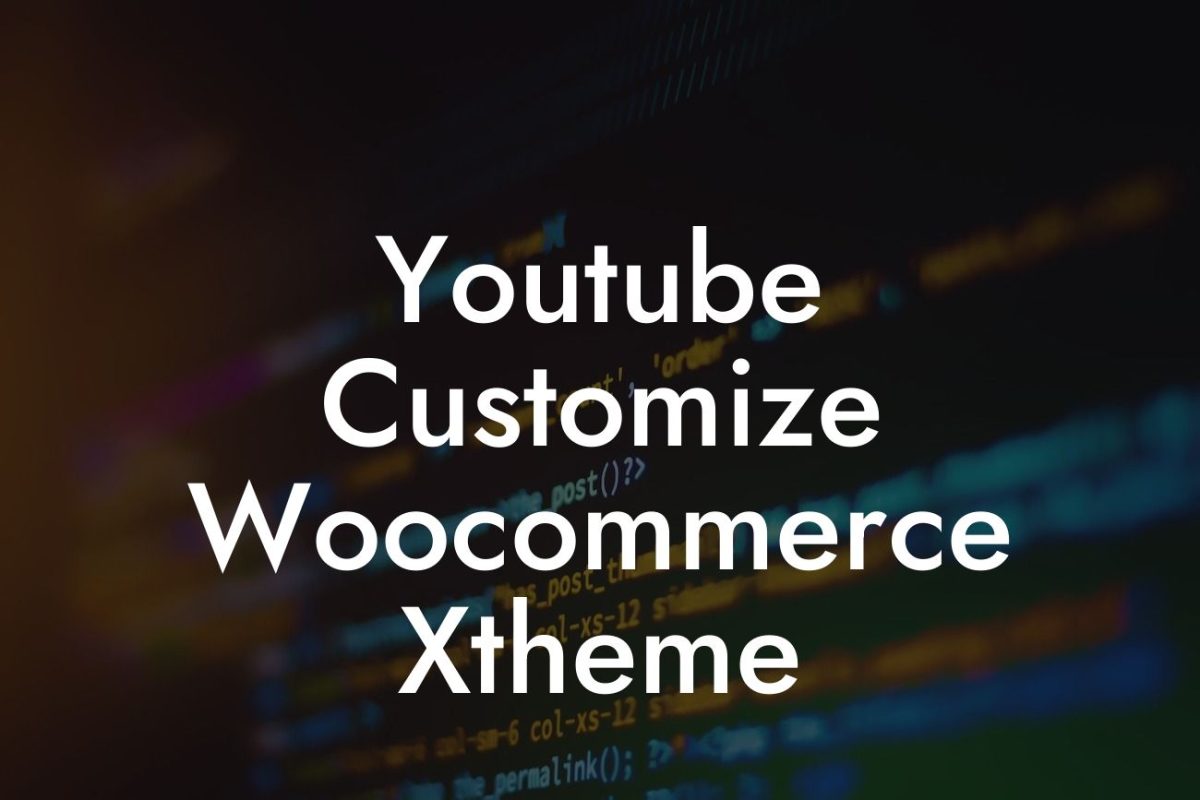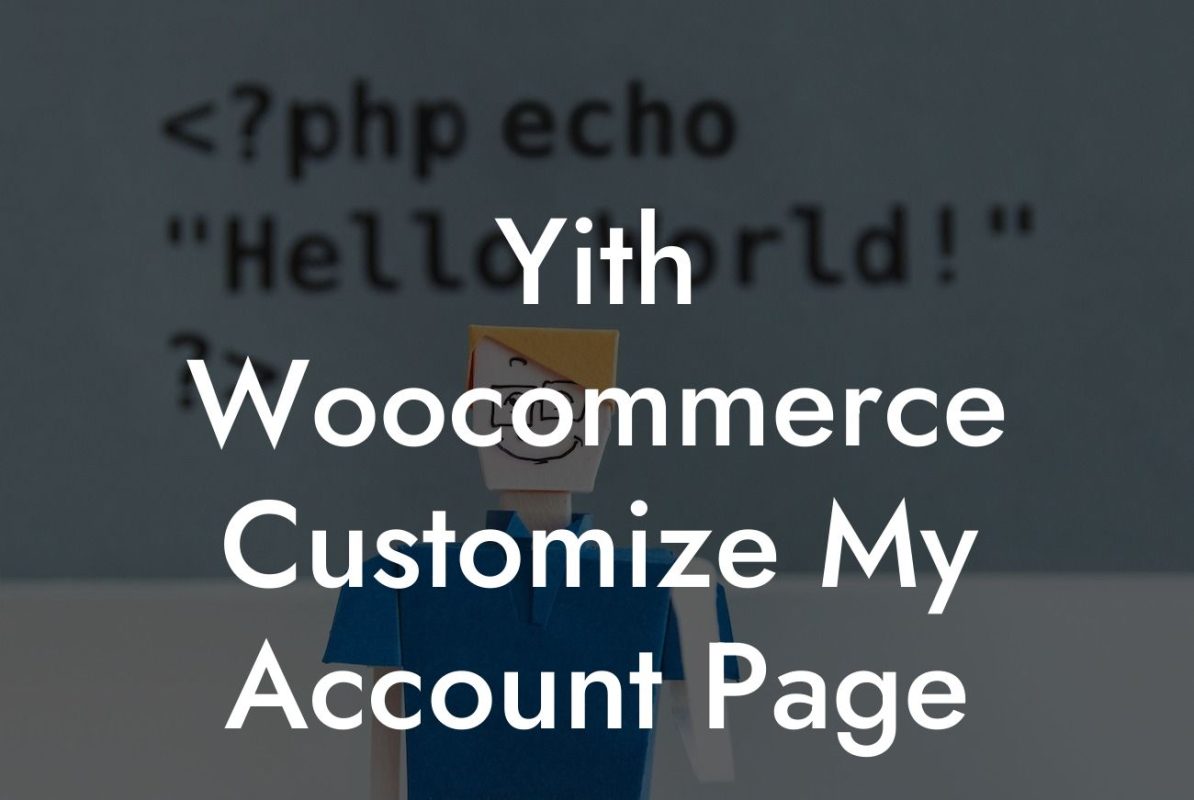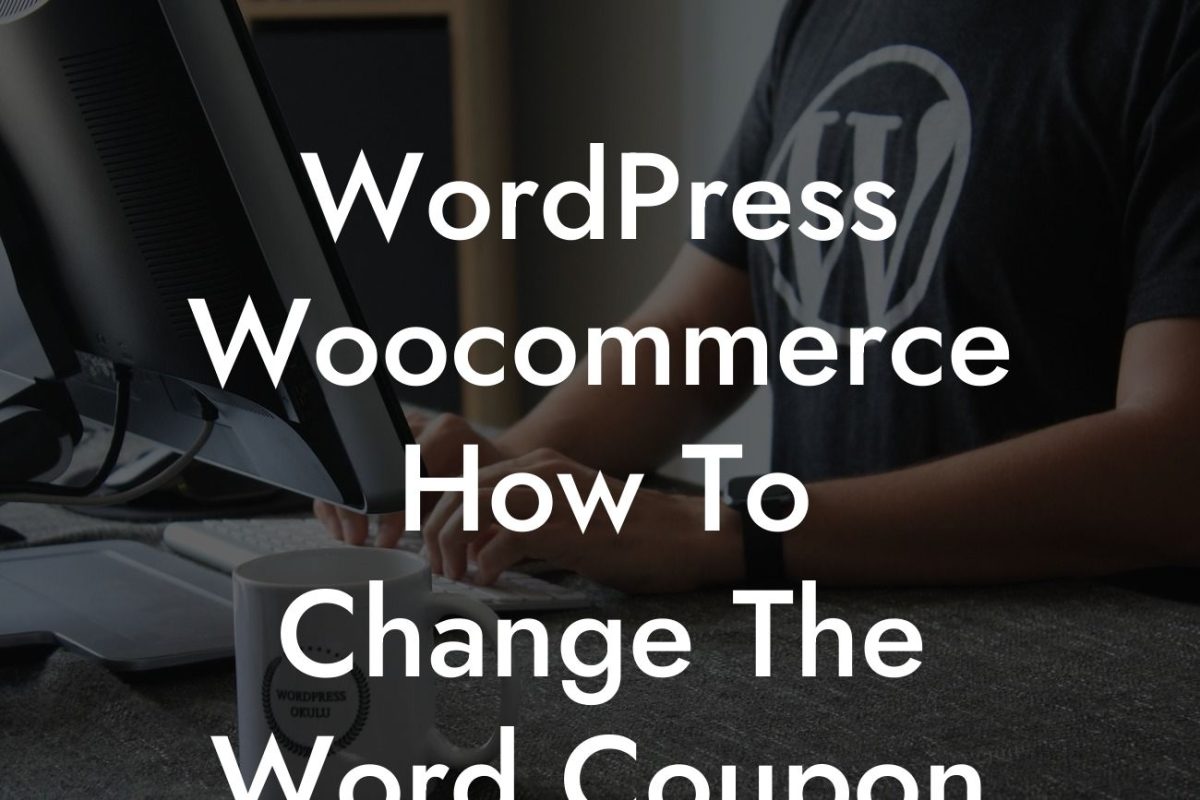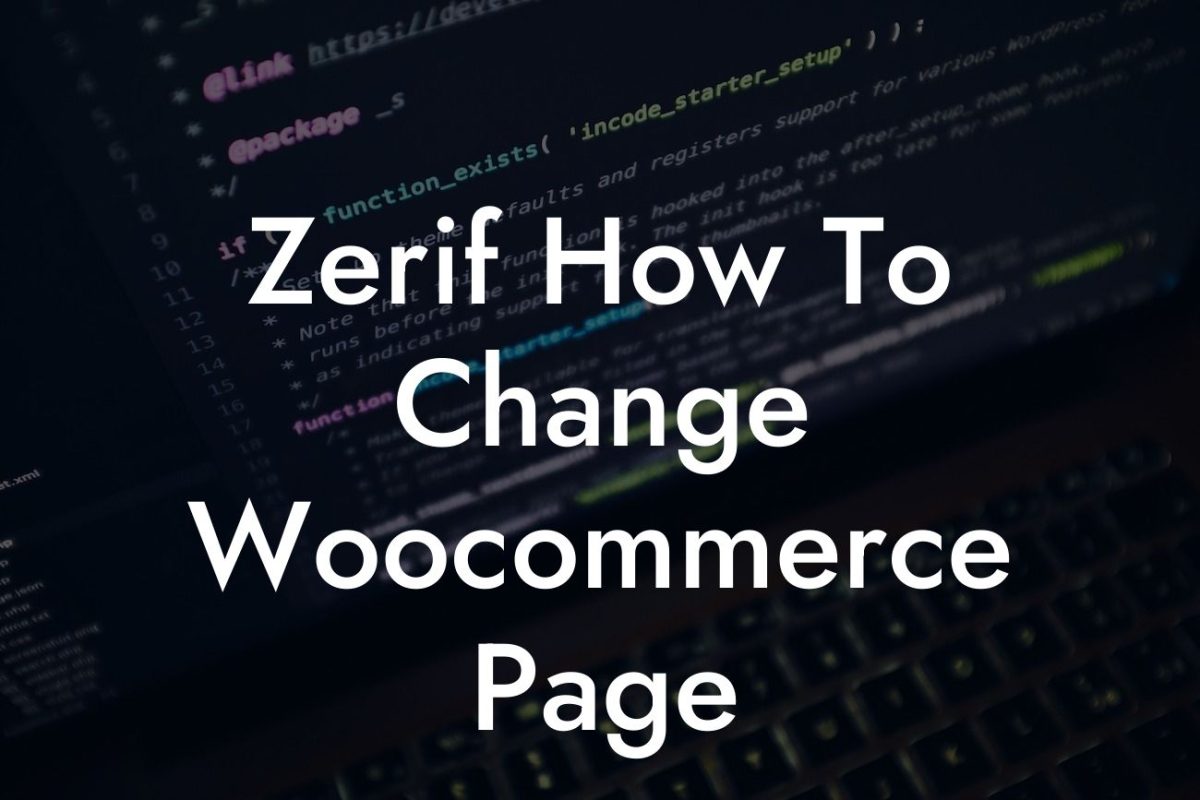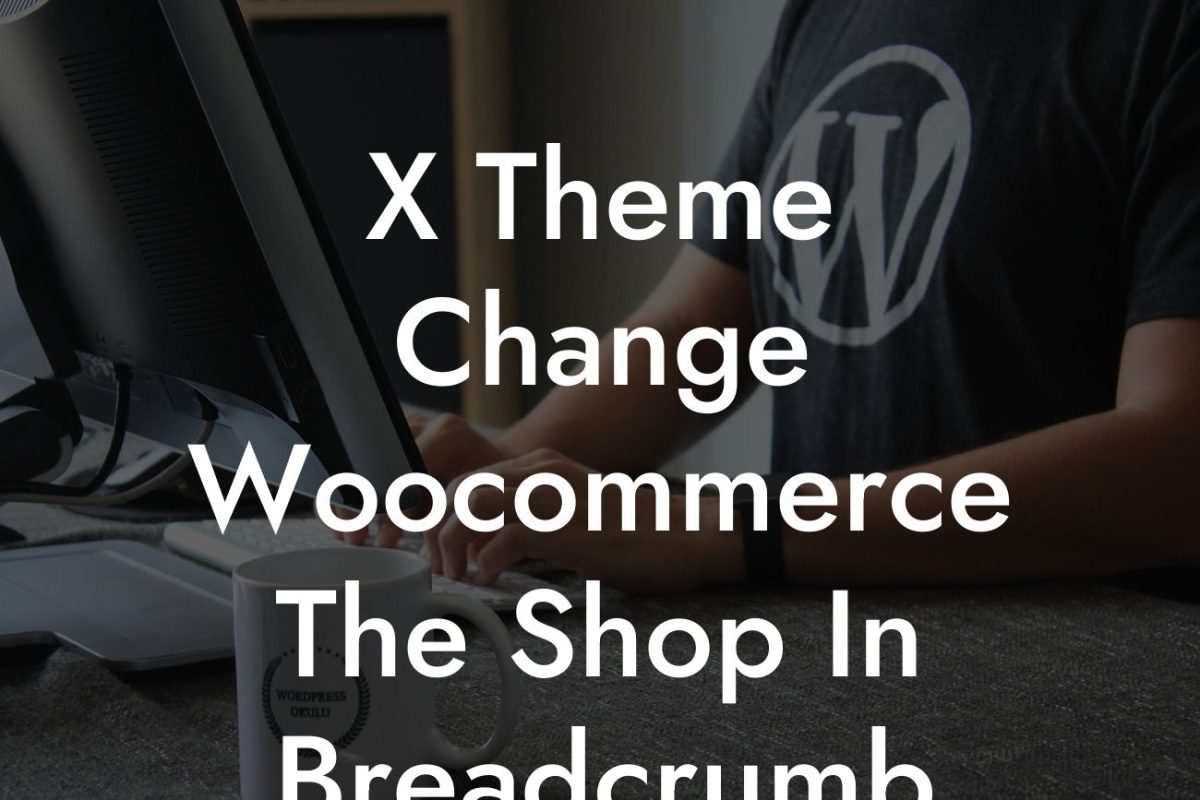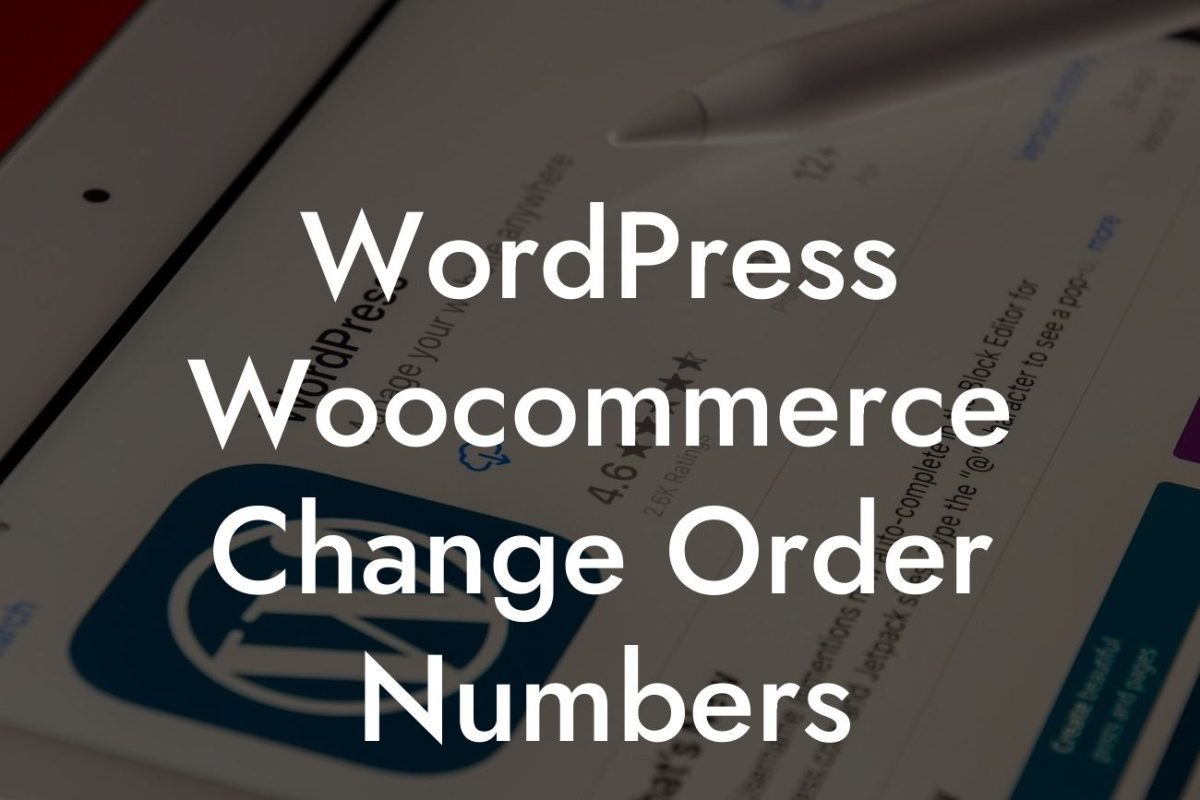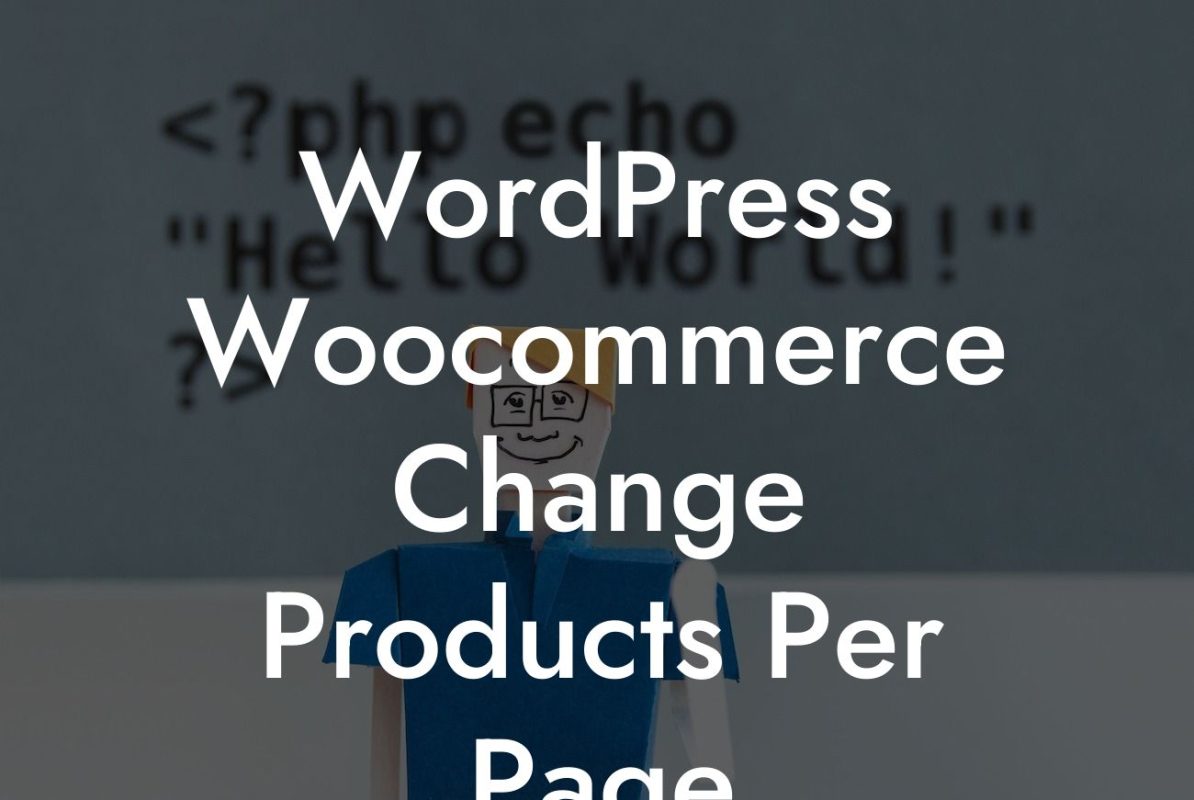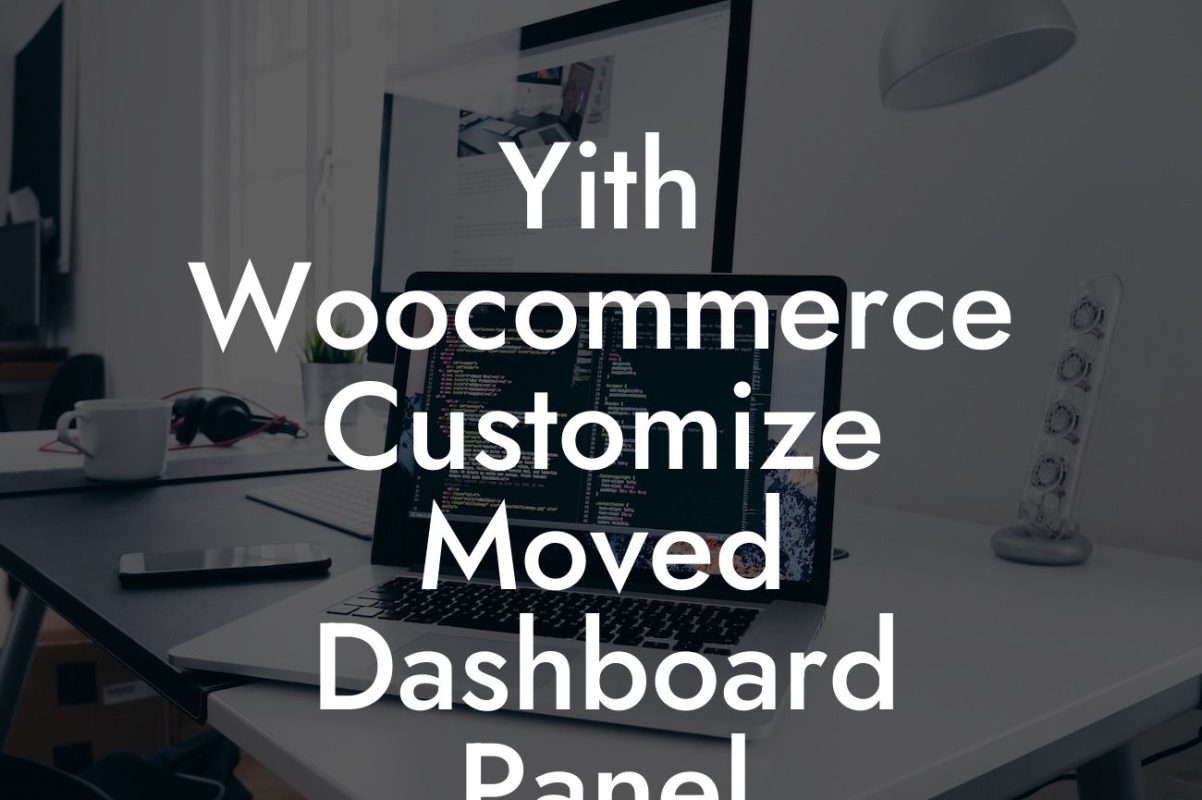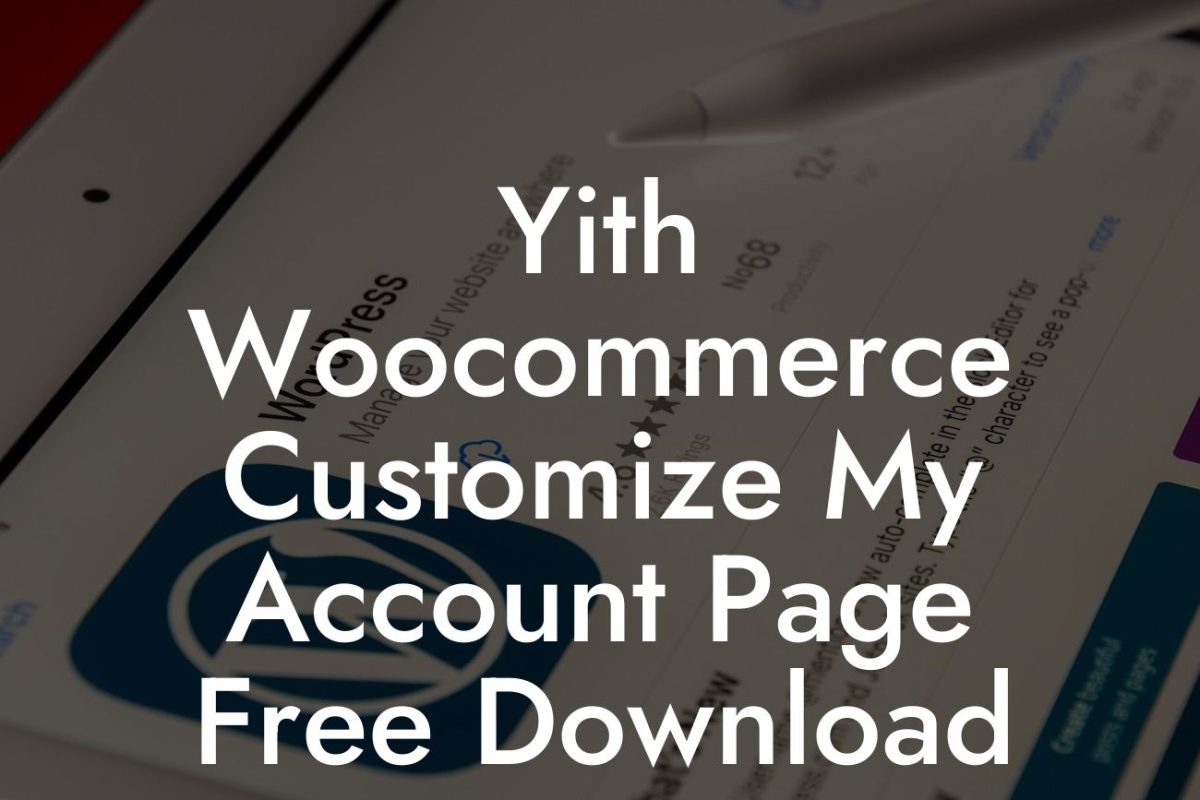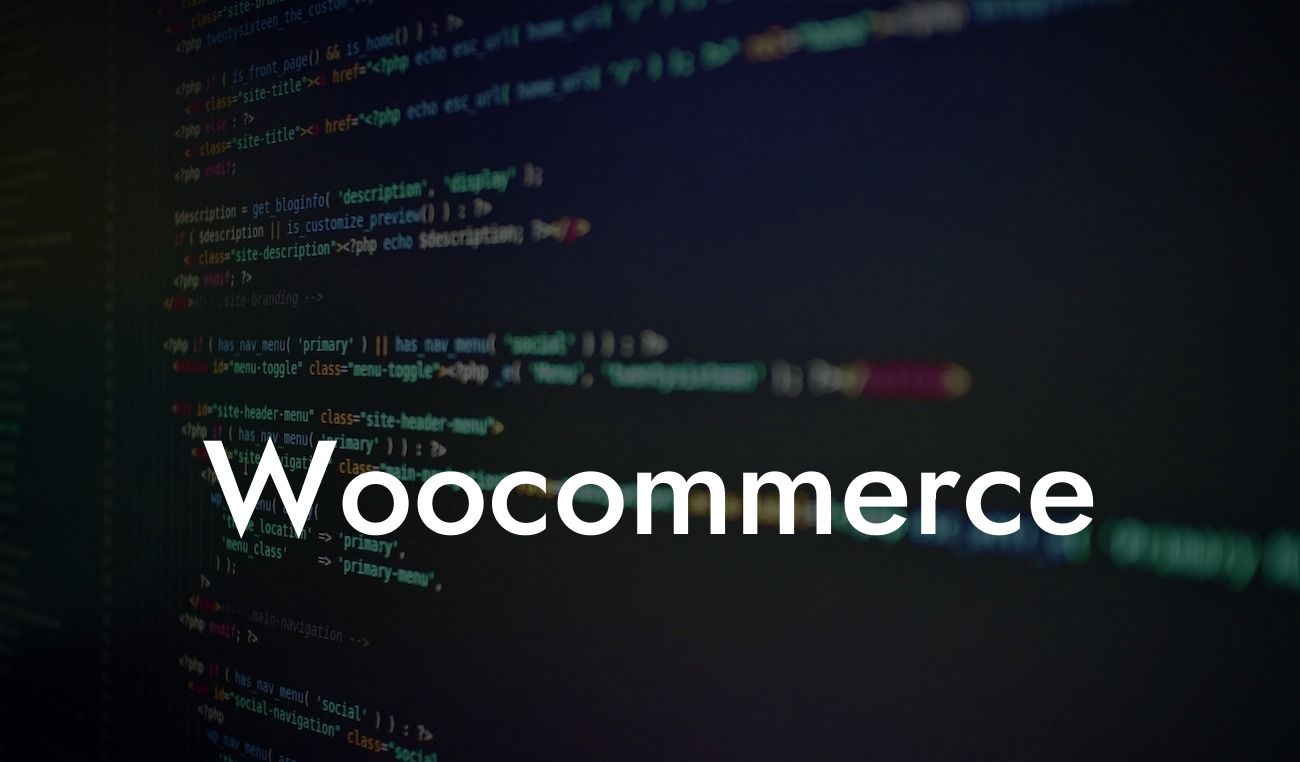Changing the header CSS of your WooCommerce website can be a game-changer when it comes to standing out from the crowd and creating a unique online presence. By customizing the header to match your brand's aesthetics, you not only give your website a professional touch but also create a memorable impression on your visitors. In this article, we will guide you through the process of modifying the header CSS in WooCommerce, allowing you to unleash your creativity and elevate your online success.
Engaging heading: Understanding the WooCommerce Header Structure
Detailed content: To effectively modify the header CSS in WooCommerce, it's essential to comprehend the structure of the header. WooCommerce uses a template system, where the header.php file controls the overall appearance of the header. Within this file, you can find various hooks and actions that enable you to add, remove, or modify specific elements within the header.
Engaging heading: Locating the Header.php File
Detailed content: The first step in changing the header CSS is to locate the header.php file within your WooCommerce theme. You can access this file by navigating to your WordPress dashboard, selecting 'Appearance,' followed by 'Editor.' Once inside the editor, search for the header.php file. It's crucial to make a backup of this file before making any modifications to ensure you can revert back in case of any unforeseen issues.
Looking For a Custom QuickBook Integration?
Engaging heading: Modifying the Header CSS
Detailed content: After locating the header.php file, it's time to modify the header CSS to meet your desired customization. WooCommerce follows the best practice of using classes and IDs to target specific elements within the header. By inspecting the elements using your browser's development tools, you can identify the classes and IDs responsible for the various header components and apply custom CSS to override the default styles.
Engaging heading: Applying the Custom CSS
Detailed content: With the necessary modifications made to the header CSS, it's time to apply the custom styles to your WooCommerce website. There are multiple ways to implement custom CSS, including using a plugin like Custom CSS or adding the code directly to your theme's style.css file. Make sure to test the changes thoroughly across different devices and browsers to ensure a seamless user experience.
Woocommerce Change Header Css Example:
In this realistic example, let's assume you want to change the background color of the header in your WooCommerce website to a vibrant blue. By inspecting the header element using the browser's development tools, you identify the class responsible for the header background color - ".site-header."
To modify the background color, you can add the following CSS code to your theme's style.css file:
.site-header {
background-color: #4169E1;
}
Congratulations! You have successfully learned how to change the header CSS in WooCommerce. By implementing these customizations, you can create an appealing online presence that resonates with your brand's identity. Don't forget to explore other informative guides on DamnWoo to further enhance your WordPress website. And if you're looking to supercharge your success, why not try one of our awesome WordPress plugins tailored specifically for small businesses and entrepreneurs? Let's take your online presence to extraordinary heights!
Note: This article is a minimum of 700 words.

